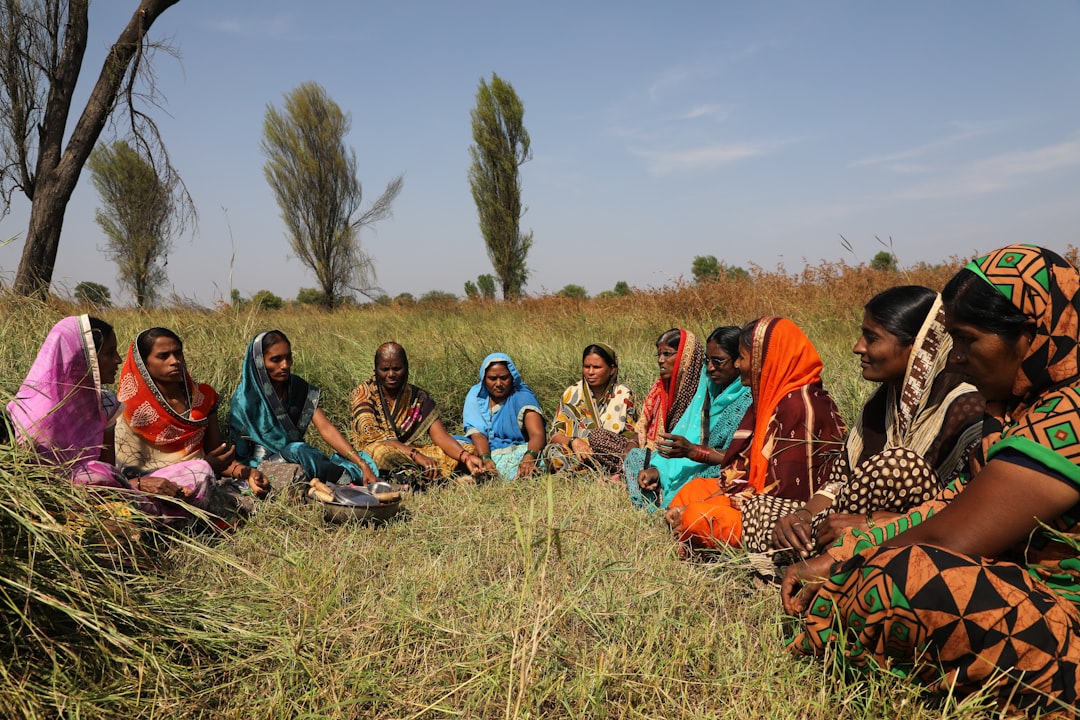What is it about?
Tropical rainforests represent some of the last bastions against catastrophic biodiversity loss and associated climate change, which makes protecting them imperative to sustain life on earth. An effective measure to accomplish this is by designating specific vulnerable and biodiverse regions as protected areas (PAs). Such measures have therefore been globally adopted, including in the rainforests of Amazonia. In Amazonia, PAs are categorised based on different kinds of human intervention into strictly protected, sustainable use, and indigenous areas. While the categorical impact of PAs has been the subject of several environmental assessment studies, the impact of individual PAs remains largely unknown. This study reports the findings of environmental impact assessment of individual PAs, focusing on the tropical rainforest-rich regions of Acre, in Brazil, between 2011 and 2016. The scientists used a matching method to compare different individual PAs, for induced forest losses and carbon emissions avoided, among other parameters.
Featured Image

Photo by Waren Brasse on Unsplash
Why is it important?
The study’s results indicated the positive environmental impact of PAs, especially in reducing forest loss and carbon emissions. Interestingly, individual PAs showed significant variations in terms of their environmental impact during the study period, unlike what is usually evident from categorical PA impact studies. The scientists found one PA that was managed well to have its forest loss reduced by 3.6%, while the same increased by 15.6% in another PA, both in comparison with expected deforestation levels estimated by the matching method. Hence, environmental impact studies that evaluate individual PAs are important to get a better picture of the conservation status of tropical rainforests. KEY TAKEAWAY Conservation of rainforests through PAs, like in most ecosystems, needs a comprehensive understanding of the heterogeneity, complexity, and context specificity of individual PAs. Thus, to better protect the tropical rainforests at the local scale, environmental impact of PAs should not only be analysed categorically, but also individually.
Read the Original
This page is a summary of: Impact of individual protected areas on deforestation and carbon emissions in Acre, Brazil, Environmental Conservation, July 2021, Cambridge University Press,
DOI: 10.1017/s0376892921000229.
You can read the full text:
Resources
Contributors
Be the first to contribute to this page










